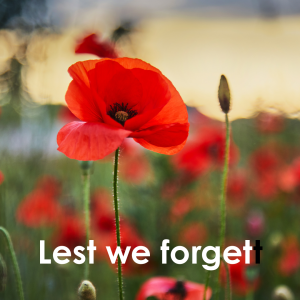
Each year on April 25, Australians and New Zealanders pause to remember the courage and sacrifice of the ANZACs—those who served in the Australian and New Zealand Army Corps. ANZAC Day is more than a commemoration of the Gallipoli landings in 1915; it’s a time to honour all who’ve served across generations. For shortwave radio enthusiasts, it’s also an opportunity to reflect on the essential role radio and communications have played in military history.
From Semaphore to Shortwave: A Legacy of Military Signals
The ANZAC tradition was born in an era when communication was rudimentary. Messages were relayed by runners, signal flags, and heliographs—tools that, while clever, were slow and often perilous. As warfare evolved, so too did the tools used to coordinate and connect.
By the Second World War, shortwave radio had become the backbone of long-distance communication. Lightweight, reliable, and capable of bouncing signals off the ionosphere to reach thousands of kilometres, shortwave became a critical channel for intelligence, logistics, and morale.
Australian and New Zealand forces used portable HF (high frequency) radios in the jungles of New Guinea and the deserts of North Africa. Radio operators, often working under extreme pressure, formed lifelines between the front lines and command. Their skill, speed, and signal discipline could mean the difference between life and death.
Listening in: Shortwave During Wartime
For civilians and military buffs alike, shortwave radio was a window into the war. People at home tuned into BBC World Service, Radio Australia (ABC), and enemy propaganda stations, often huddled around crackling receivers late at night.
Some amateur radio operators even helped monitor enemy broadcasts and report unusual activity—an informal intelligence network powered by curiosity and patriotism.
The Spirit Lives On
Today, shortwave radio might seem old-school compared to satellite comms and encrypted digital networks. But for many radio enthusiasts, the crackle of HF bands still carries a sense of mystery and meaning. It connects us not only across geography, but across history.
ANZAC Day is a reminder of the values that underpin both military service and the radio hobby: duty, discipline, and communication under challenge.
As you tune your rig this April 25, spare a thought for the signallers, wireless operators, and engineers who kept the lines of communication open in times of darkness and chaos. Theirs was a quiet courage, transmitted one frequency at a time.
Lest We Forget


